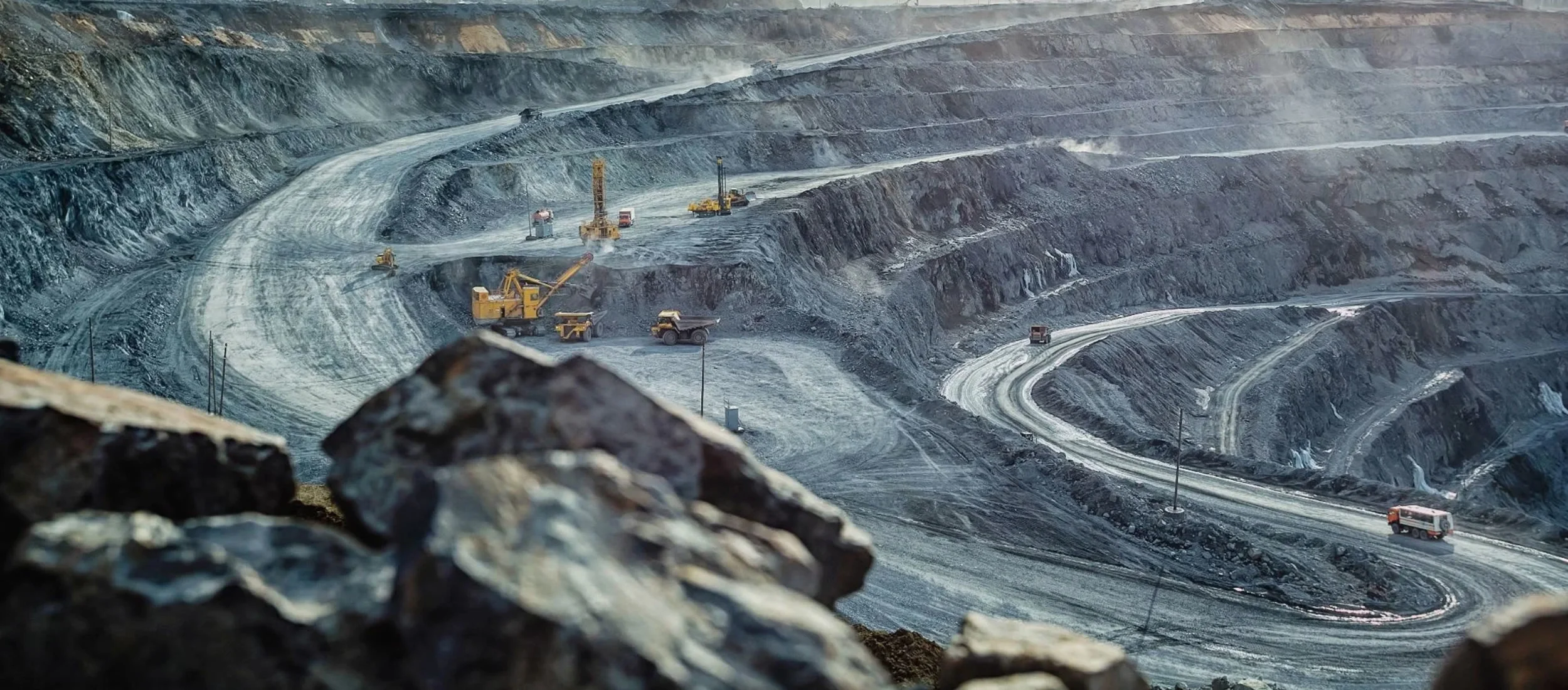The Impact of Sustainability within the Mining Industry

COP26, net-zero targets, and an accelerating shift towards greater sustainability have profound implications for the mining industry. In a series of Q&As, we discuss the associated challenges and opportunities. We begin with a closer look at the prevailing landscape for this globally critical industry, with Ellen Thomson, PGNAA & Minerals Senior Applications Specialist at Thermo Fisher Scientific.
We don’t often see targets specifically related to mining, beyond the shared goal of net-zero. Are there specific commitments from COP26 that will impact miners?
I think that it’s fair to say that, in general, there is an under appreciation of just how fundamental mining is to our collective efforts towards a more sustainable, clean energy world.
Take the COP26 commitments around transport – the 2040 cut-off for all new car sales to be zero-emissions (2035 for leading markets)1. Meeting those targets relies on significantly ramping up supplies of cobalt, lithium, nickel, aluminum, and, most of all, copper. Recycling won’t meet this demand ‒ though more effective recycling is vital ‒ so we need to take more metals out of the ground. And it’s the same story with renewable energy, which is around five times more copper-intensive than conventional alternatives2.
So yes, miners face the same challenges as other industries with respect to hitting net-zero targets, reducing environmental impact, and improving sustainability, but against a backdrop of their products being critical to the realization of many other sustainability targets.
How easy will it be to ramp up metal supplies to meet the growing demand?
We are talking about major and sustained increases, so it won’t be easy. With copper, for example, there are predictions of a shortfall of 15 million tonnes per annum by 2034, based on the current mine output3. Old mines will need to be more fully exploited, and new deposits discovered and brought onstream.
Either way, this means processing low-grade ore more efficiently. The days of mining ore with a 2 or 3 % metal concentration are largely gone, as those ores are now depleted. Copper miners are currently routinely facing concentrations of just 0.5 %. This means processing a lot of rock to access the product required.
Miners also face growing scrutiny with respect to the social license to operate. There is less tolerance of the downsides of mining – the contamination or depletion of water supplies, the unsightly and potentially harmful impact of tailings, and the disruption to energy supplies. Society is undoubtedly looking to the mining industry to deliver the metals required but within a more constrained operating environment. Traditionally, mining has been a power-hungry, water-intensive and dirty industry, with a large environmental footprint. The best companies are now innovating at a pace to improve on all fronts.
What strategies do you think will be most valuable to miners when it comes to meeting the challenges they face?
While there’s no doubt that miners face considerable challenges, an alternative view is that the current landscape presents unique opportunities for change. With secure demand, there is a considerable impetus for improvement, so it has never been easier to justify upgrading to better ways of working. Smarter technology is undoubtedly the way forward, and there is an appetite for it.
Relevant, reliable digital information is the cornerstone of efficient operation and too often is lacking. I would therefore highlight investment in more effective and continuous analysis as a key strategy for success. With real-time data, miners can a) build a robust understanding of process behavior and b) establish advanced, automated process control, driving continuous improvement via machine learning techniques. This is one of the main ways that we will transition to operations that deliver more ‒ extracting more metal from every tonne of rock ‒ reducing energy, water, and chemical input.
What general advice would you offer miners as they begin the process of identifying technologies and companies that can help them?
I would say to look for companies that show a detailed understanding of your issues and how their technologies can help. Look for products with an established track record, wrapped with expertise. Also, seek out team players. Improving the efficiency of mining is going to take an ecosystem of technology providers. Suppliers need to understand their potential contribution, and how to interface effectively with others. It’s also important they share your values. The Science Based Targets initiative (SBTi) is a good starting point if you’re looking for companies that are setting their own houses in order on the sustainability front, by applying measurable and demanding standards.
Our products for miners are all about sampling and measurement. We offer samplers, cross-belt and slurry analyzers, and belt scales that deliver elemental measurement and traceability in real-time. These solutions work together to, for example, provide the information needed for ore preconcentration or sorting. Ore sorting allows miners to blend incoming ore more effectively, implement feed forward process control, and route low or marginal grade material away from the concentrator at the earliest opportunity. Real-time elemental analysis is just as valuable through the concentrator for metallurgical accounting, process control or tracking impurities of concern.
With real-time measurement solutions, it becomes possible to construct a digital twin of a mining operation – a concept we’re coming across with increasing frequency. A digital twin is a complete, accurate digital version of the concentrator. Once you have one, you can experiment with optimizing, and ultimately, remotely controlling an asset from your desktop. And maybe that’s a good concept to leave you with since automated, depopulated mines are surely the vision for the future. Locating people at mines is expensive, and with smart, reliable technology backed by remote maintenance, it is simply not going to be necessary in the decades to come.
Your email address will not be announced. The required field marking is*

